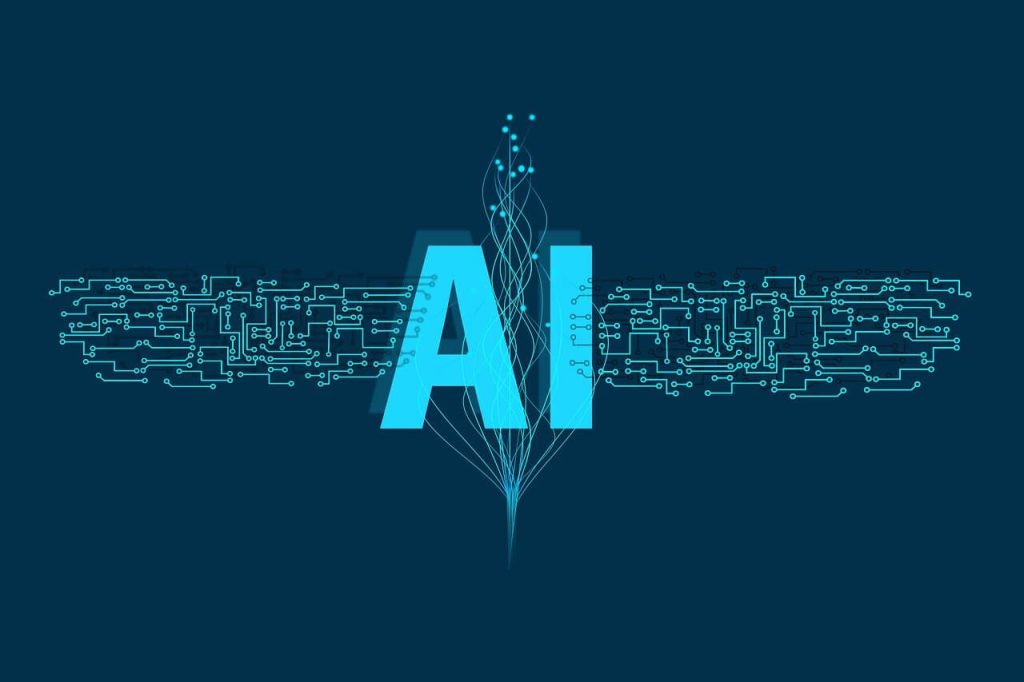Introduction:
In the swiftly evolving realm of artificial intelligence, a groundbreaking innovation captures the attention of scientists and futurists – brain-reading robots. This exploration delves into the intersection of neuroscience and robotics, unlocking potential revolutionary advancements in human-machine interactions.
Understanding Brain-Reading Technology:
Brain-reading involves interpreting neural signals emitted by the human brain, enabling robots to comprehend and respond to thoughts, intentions, and commands. This breakthrough promises a new era of seamless communication between humans and machines.
Applications in Healthcare:
Brain-reading robots show promise in healthcare, allowing paralyzed individuals to control robotic limbs with their thoughts and offering insights into brain function. This technology paves the way for personalized medical interventions.
Enhancing Human-Robot Collaboration:
These robots can adapt to users’ cognitive states, creating more intuitive interactions. From industry to household tasks, integrating brain-reading technology enhances efficiency and user experience.
Challenges and Ethical Considerations:
While promising, brain-reading robots raise concerns about privacy and ethical use. Balancing innovation and ethical considerations is crucial for responsible development.
The Future Landscape:
As research progresses, brain-reading robots may find applications in entertainment, education, and addressing societal challenges. The journey towards a symbiotic relationship between humans and machines is underway.
Conclusion:
Brain-reading robots mark a paradigm shift in AI and robotics, holding the key to unprecedented possibilities. While challenges persist, the potential benefits promise a future where boundaries between man and machine blur.

